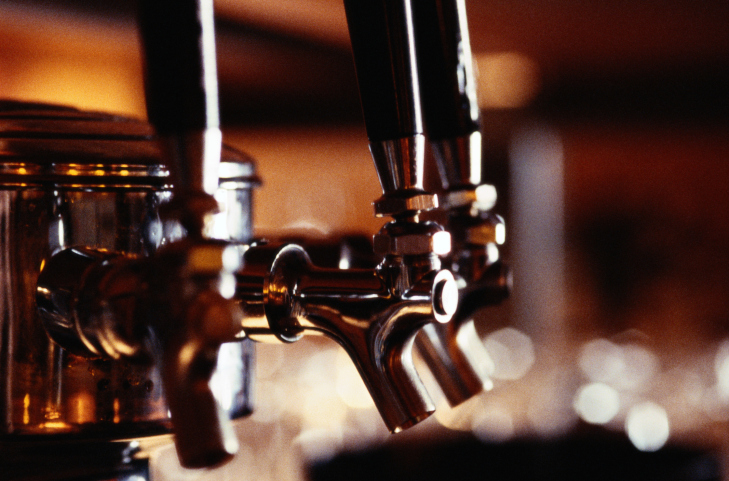Jobs
St. Patrick's Day Finances, Facts and Figures ... Likely More Than $5 Billion Spent
Published:
Last Updated:
If there is an event, there is a cost or an economic impact associated with it. St. Patrick’s Day comes every year on March 17, and 24/7 Wall St. wanted to see what sort of economic footprint there is around St. Patrick’s Day. One thing that is unique about St. Patrick’s Day versus other holidays is that it is truly a geographic holiday. Outside of Ireland, the United States, and Canada, finding a St. Patrick’s Day party requires finding a rare Irish pub here and there.
First off, there are a few public figures we have taken to get here. The Census claims that nearly 35 million Americans claim Irish descent. The National Retail Federation uses BIGinsight to create a value for St. Patrick’s Day and it projects that some 133 million Americans alone will have total spending of about $4.7 billion for St. Patrick’s Day in 2013. Each and every time we look at these studies, we always find more dollars spent than just what is recorded normally.
Almost all cities observed the St. Patrick’s Day parades and festivities on Saturday due to religious observations. Here were some other interesting factoids about St. Patrick’s Day:
And don’t forget to mind your Ps. and Q’s….
Read Also: States That Drink The Most Beer
Now, here are some things to ask further about the costs and figures. How much gets spent on new green shirts (or hats) each March ahead of and on the day of St. Patrick’s Day? How many workers are going to “call in sick” and miss work or be late (and what does that cost)? How much in revenues do cities make off of Driving While Intoxicated fines (and public intoxication)? With St. Patrick’s Day falling on a Sunday, how many more pints were served from Friday to Sunday compared to normal? And what about taxi cabs, and the surge in late-night meals to avoid as bad of a hangover? What about all the parking fees generated by parade-watchers driving their families in to see the parade? And what about their gasoline or public transportation costs to get there?
Read Also: Nine Beers Americans No Longer Drink
The National Retail Federation just does not add up all the other non-core costs even for just say 1 or 2 million of the die-hard St. Patrick’s Day fans. Start tallying up all the other costs just based upon the secondary and tertiary items. The real cost goes way beyond what the NRF projects. The sum of $4.7 billion sounds very high, but if you add on the other things that the NRF doesn’t consider then the tally has to rise well above $5 billion.
The average American spends $17,274 on debit cards a year, and it’s a HUGE mistake. First, debit cards don’t have the same fraud protections as credit cards. Once your money is gone, it’s gone. But more importantly you can actually get something back from this spending every time you swipe.
Issuers are handing out wild bonuses right now. With some you can earn up to 5% back on every purchase. That’s like getting a 5% discount on everything you buy!
Our top pick is kind of hard to imagine. Not only does it pay up to 5% back, it also includes a $200 cash back reward in the first six months, a 0% intro APR, and…. $0 annual fee. It’s quite literally free money for any one that uses a card regularly. Click here to learn more!
Flywheel Publishing has partnered with CardRatings to provide coverage of credit card products. Flywheel Publishing and CardRatings may receive a commission from card issuers.
Thank you for reading! Have some feedback for us?
Contact the 24/7 Wall St. editorial team.